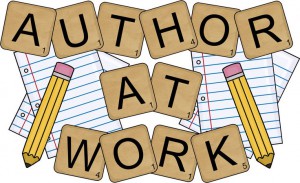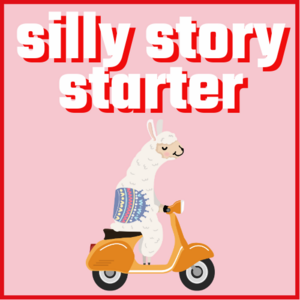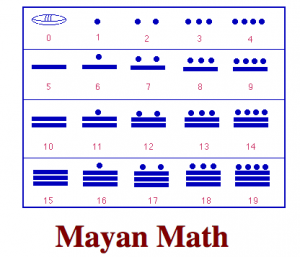
A homograph is a group of words that are spelled the same way, but have different meanings. They may or may not be pronounced the same way, although the difference in pronunciation is often just a shift in the accented syllable.
Spark your thinking!
1. Set up your language arts mini spark recording page: #9: Homographs
2. Here is a sentence that uses the homograph “dove.” Write the two meanings of the word dove on your recording page.
The dove looked elegant as it dove underneath the tree branch to catch the bug.
Here is a sentence that uses the homograph “bank.”Write the two meanings of the word bank on your recording page.
After swimming at the river bank, we went to the bank to get some money to buy ice cream.
3. Read this article. Write down 4 of sets of words and a short meaning for each.
4. Strengthen your brain by playing a matching game. You will be given two lists of word definitions. Find the pair that has the homograph in common. Here is a sample
Find the matching pairs and write them on your recording sheet. The answers are at the bottom of this mini spark. Check your work.
4. Go to this
website. Choose the level that fits you. Record the level you choose on your recording sheet.

5. Play the game 3 times. Write your answers on your recording sheet.
Don’t click “hint” until you have guesses made.
Then click the word “hint”. That will give you the words and you will be able to check to see if your guesses are correct. Correct your work on your recording sheet.
6. On your recording sheet, build 2 columns like the game you played. Use these 5 words.
minute, coordinates, produce, entrance, down
If needed, use a dictionary to help you with your definitions.
7. Make an answer key to go along with your game.
8. Share your language arts mini spark recording page with your teacher/EY coordinator.
Check out mini spark which is about heteronyms, homographs that are pronounced differently.

Answer for step 3: 1 & B, 2 & D, 3 & A, 4 & E, 5 & C


























